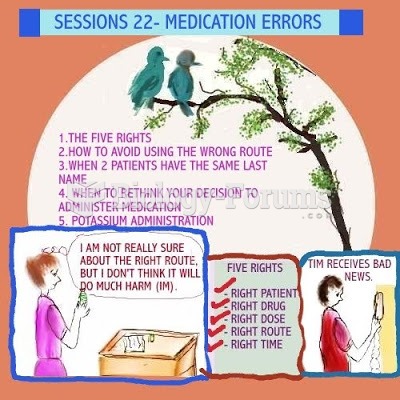Answer to Question 1
Answer:
Overconfidence bias: When decision makers tend to think they know more than they do or hold unrealistically positive views of themselves and their performance.
Immediate gratification bias: Decision makers tend to want immediate rewards and to avoid immediate costs.
Anchoring effect occurs when decision makers fixate on initial information as a starting point and then, once set, fail to adequately adjust for subsequent information. First impressions, ideas, prices, and estimates carry unwarranted weight relative to information received later.
Selective perception bias: When decision makers selectively organize and interpret events based on their biased perceptions.
Confirmation bias: Decision makers seek out information that reaffirms their past choices and discount information that contradicts past judgments. These people tend to accept at face value information that confirms their preconceived views and are critical and skeptical of information that challenges these views.
Framing bias: When decision makers select and highlight certain aspects of a situation while excluding others.
Availability bias: When decisions makers tend to remember events that are the most recent and vivid in their memory.
Representation bias: When decision makers assess the likelihood of an event based on how closely it resembles other events or sets of events.
Randomness bias: Decision makers try to create meaning out of random events.
Sunk costs error: When decision makers forget that current choices cannot correct the past.
Self-serving bias: Decision makers take credit for their successes and blame failure on outside factors.
Hindsight bias: The tendency for decision makers to falsely believe that they would have accurately predicted the outcome of an event once that outcome is actually known.
Answer to Question 2
Answer: FALSE







